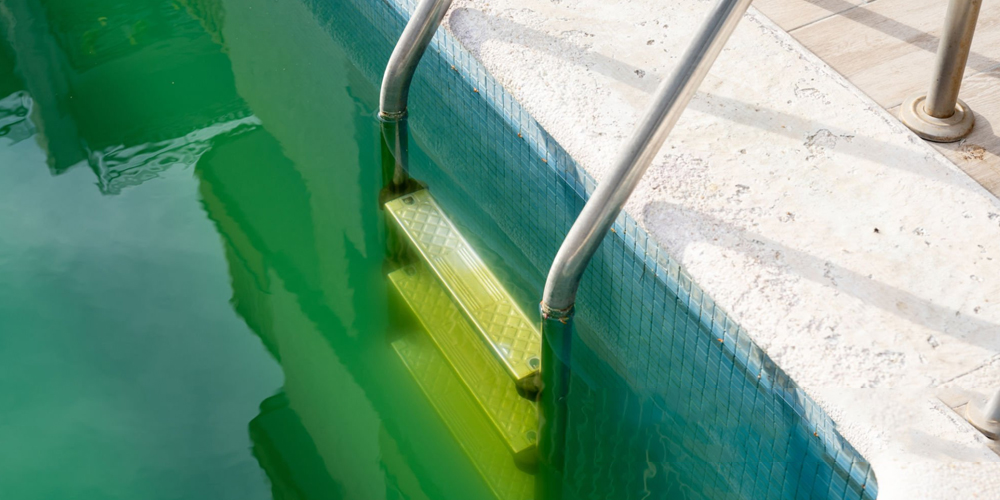Alge se brzo razmnožavaju i često ih je teško iskorijeniti, što je postao jedan od problema u održavanju zdravog vodenog okruženja. Ljudi stalno traže dobre načine da se efikasno nose s algama. Za različit kvalitet vode i vodene površine različitih veličina, treba odabrati odgovarajuće metode za uklanjanje algi kako bi se postigla visoka efikasnost uz zaštitu okoliša. Ako želite tretirati velike vodene površine, poput bazena, hemijsko uklanjanje algi je najprikladnija metoda za vas.
Razumijevanje algi
Alge su vodeni organizmi. Većina algi su autotrofi (one vrše fotosintezu), a neke alge su heterotrofi. Kao mikromenadžeri vodenih ekosistema, one igraju vitalnu ulogu u pravim uslovima okoline. Međutim, kada alge nekontrolisano rastu, mogu imati ozbiljan uticaj na kvalitet vode, zdravlje ekosistema i ljudske aktivnosti. Postoji mnogo vrsta algi, svaka sa svojim jedinstvenim karakteristikama rasta i razmnožavanja. Cijanobakterije i zelene alge su alge koje se često nalaze u slatkovodnim bazenima, dok su smeđe alge i dijatomeje sklonije slanim bazenima.
Opasnosti uzrokovane cvjetanjem algi
Razmnožavanje algi dovest će do smanjenja prozirnosti vode i uticati na njen kvalitet. Osim toga, rast algi može uticati na estetiku vodene površine i smanjiti njenu vrijednost za rekreativnu ili komercijalnu upotrebu.
Kako bi se održalo zdravlje i izgled vodenih površina i spriječili negativni efekti prekomjernog cvjetanja algi, uklanjanje algi postalo je ključno. Kontrola algi je posebno važna u područjima kao što su bazeni, akvakultura i javna i privatna uređena vodena tijela.
Metode tretmana algi
Postoje mnoge metode tretmana algi, uključujući fizičke i hemijske metode. Fizičke metode uglavnom uključuju filtraciju i adsorpciju, dok hemijske metode uglavnom koriste hemijska sredstva za kontrolu rasta algi. Uobičajeno korišteni hemijski algacidi se uglavnom dijele na oksidanse i neoksidanse.
Prilikom odabira odgovarajuće metode uklanjanja algi, postoji nekoliko faktora koje treba uzeti u obzir. Za velike vodene površine ili izvore vode za piće, hemijsko uklanjanje algi može biti najbrža i najefikasnija metoda. Za manje vodene površine, kao što su kućni bazeni ili male vodene površine u pejzažu, fizičke metode mogu biti prikladnije. Fizičke metode su dodatak hemijskim metodama. Same fizičke metode ne mogu u potpunosti iskorijeniti problem. Kada ima puno algi, potrebno ih je ukloniti. One koje su pričvršćene za zid potrebno je sastrugati. Mrtve alge nakon hemijskog ubijanja algi potrebno je fizički ukloniti. Mrtve alge u rezervoaru s pijeskom potrebno je ukloniti ispiranjem.
Predložena upotreba hemijskih sredstava za uklanjanje algi
Hemijsko uklanjanje algi ima mnogo prednosti. Prvo, djeluje brzo i može značajno smanjiti količinu algi u kratkom vremenskom periodu. Drugo, jednostavno je za korištenje, samo slijedite upute i dodajte odgovarajuću količinu hemikalija. Konačno, relativno niska cijena čini ovu metodu uklanjanja algi atraktivnijom u mnogim situacijama.
Sve u svemu, kada se suočimo s problemom prekomjernog cvjetanja algi, ključan je odabir prave metode uklanjanja algi. Iako postoji mnogo metoda koje se mogu izabrati, hemijsko uklanjanje algi je široko popularno jer je brzo, praktično i ekonomično. Naravno, svaka metoda ima svoj opseg i ograničenja, tako da izbor treba napraviti na osnovu specifičnih okolnosti u praktičnoj primjeni. Naučnim upravljanjem algama možemo održati zdravlje i ljepotu vodenih tijela i zaštititi dobrobit ljudi i ekosistema.
Vrijeme objave: 12. novembar 2024.


